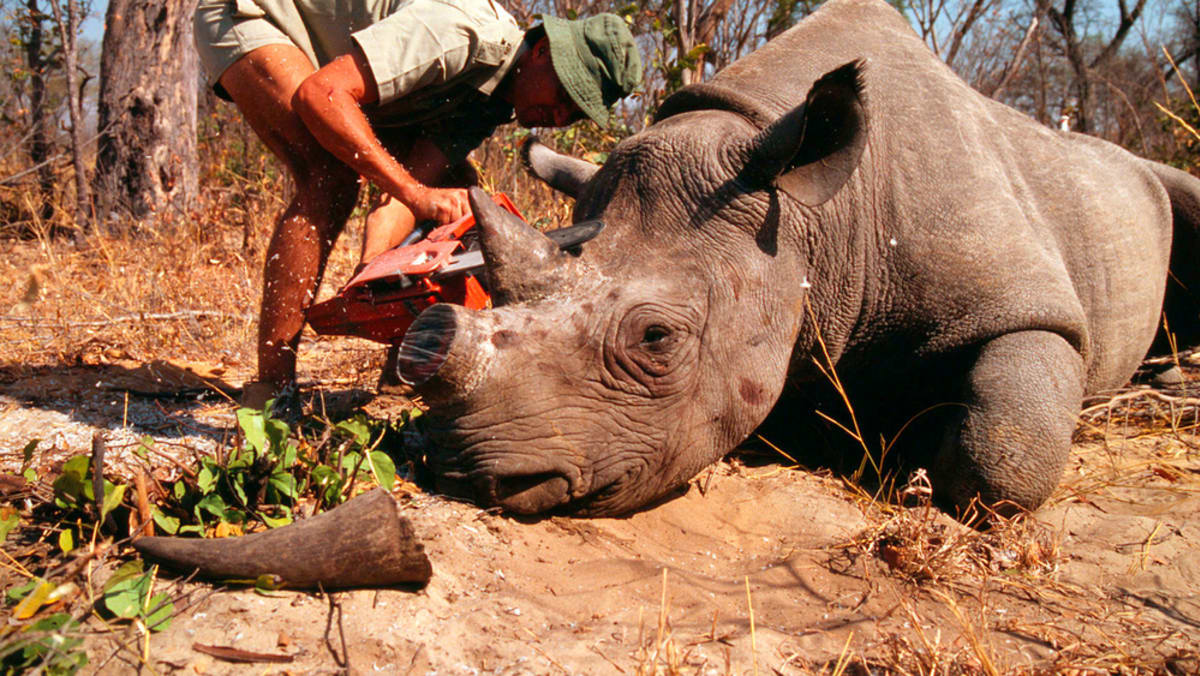THE RAPID DECLINE OF RHINOS
At the beginning of the 20th century, there were 500,000 rhinoceros. Now, there are fewer than 27,000 rhinos remaining in the world.
A recent report by the Wildlife Justice Commission, which WWF contributed to, showed that more than 7.5 tonnes of rhino horns were seized from illegal trade globally between 2012 and 2021, with South Africa, Vietnam, Mozambique, China, Malaysia, and Hong Kong being the most dominant trafficking routes.
In 2021 alone, South Africa reported that 451 rhinos were poached, 327 within government reserves and 124 on private property.
But why exactly are rhino horns so highly sought after?
The simple answer is money, prestige and misguided beliefs. But as is with most things, the problem is far more complex, involving transnational organised crime and corruption.
With the decline in rhinos due to poaching, it has inadvertently caused an increase in value that poachers can fetch for these products on the black market.
The overall gross illicit income generated by rhino horn trade at the wholesale level from 2012 to 2021 is estimated to be between US$874 million and US$1.13 billion, according to the Wildlife Justice Commission’s threat assessment report last month.
This illicit income explains why all five species of rhinos are facing threat in the wild. Three of the five rhino species, comprising the Javan, Sumatran and Black rhinos, are critically endangered.
(Except for the headline, this story has not been edited by PostX News and is published from a syndicated feed.)

